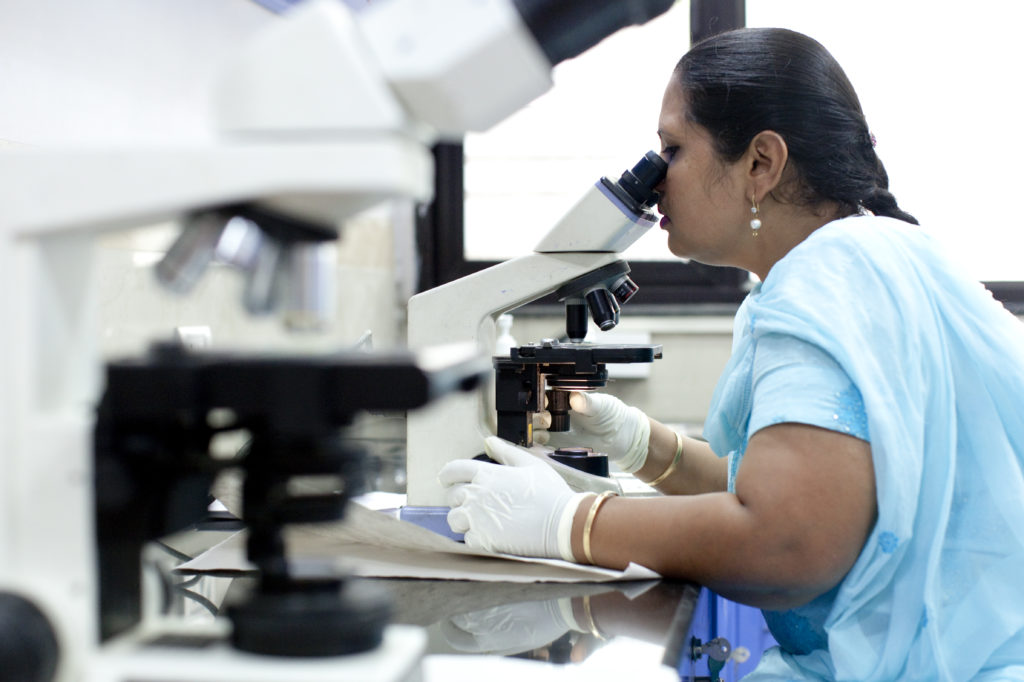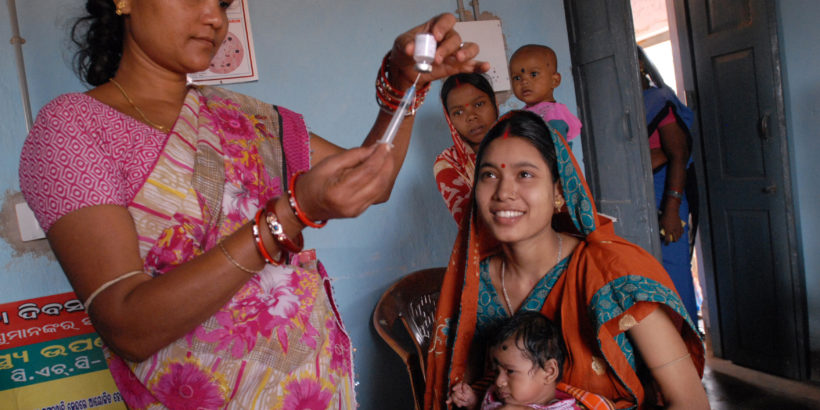By now, almost every country in the world has been affected by COVID-19. With more than 1.32 million cases reported to the World Health Organization (WHO) as of April 8, the virus is spreading at a ruthless pace, demanding our urgent attention.
The global response has turned to mobilizing needed resources and taking sweeping actions to keep populations safe. All across the globe, we are witnessing how this virus is quickly putting health systems to the ultimate test. With global shortages of lifesaving tools such as diagnostics, oxygen technologies and supplies, essential protective gear or even hospital space, some countries and regions are struggling to respond to the outbreak while not overwhelming their health system. This challenge is a stark reminder that strong public health infrastructure is critical to preparing for and protecting against all diseases, whether COVID-19, typhoid, diarrheal diseases or pneumonia.

Amid the growing pandemic, three specific health system “musts” are top of mind:
1. Equitable access to medical products, vaccines and technologies, including for those populations that are hardest to reach. There is currently no effective vaccine or treatment against COVID-19, but research and development for both are underway. Once we do have those tools in place, it is imperative that they are delivered to those in need in a comprehensive and equitable way. To ensure reliable access, the curative power of interventions must, first and foremost, be matched by the power of a robust health system already in place. For example, India has been developing a large plan for 150,000 health and wellness centers that will provide comprehensive primary health services to local communities, which can serve as the foundation for health equity. At the other end of the spectrum, the Government of India’s science agencies fund the development of vaccines, such as the indigenous rotavirus vaccine which was supported by public and private partners, and resulted in a product that is now priced at US$0.60 per dose for the routine immunization program in India.
2. Good health services including strong water, sanitation and hygiene (WASH) infrastructure. Good handwashing (and reliable access to water and soap) is one of the top measures to prevent the spread of germs and diseases, including COVID-19, typhoid and other respiratory and diarrheal illnesses. Functioning WASH and other services is an essential building block of a health system—whether for effective pandemic response or routine control and prevention of endemic diseases. The Government of India launched an initiative to put an end to open defecation which has resulted in a remarkable increase in the number of toilets in the country. However, India is water-starved in many areas, and an intermittent water supply makes optimal hygiene challenging.
3. Sufficient, well-trained and well-equipped health workforce. COVID-19 brings to light the demands a pandemic can place on health professionals—from sheer number of workers diverted to an outbreak response, to skills, training and motivation. This workforce diversion may disproportionately affect the management of other diseases, setting back or stalling global progress and putting lives at risk. It is important to remember that an appropriate health workforce is an essential building block of a health system, one that is key to moving us closer to sustaining and advancing progress across all disease areas. And for the health workers called to the frontlines—whether to diagnose and treat COVID-19 patients, or those working in the same facilities—it has never been more important to be protected, able to access gloves, masks, soap and clean water they require to stay healthy. Health workers globally are on the front lines and are more likely to be infected, and the Indian scenario is no different with hospitals in Delhi and Mumbai reporting infections in their nurses and doctors.
Other factors, including transparent and accurate information, financing and governance, are equally important to ensure that a strong health system is in place on any day, but especially during a global pandemic. In times such as these, it is crucial that we scale up interventions against the novel coronavirus while not losing sight of the other diseases that remain infectious and deadly. Ongoing, long-term investment in strengthening each of these elements is the necessary step toward a strong public health infrastructure—one that is ready to protect against all diseases and save all lives.
Cover photo courtesy of ©DfID/Pippa Ranger



